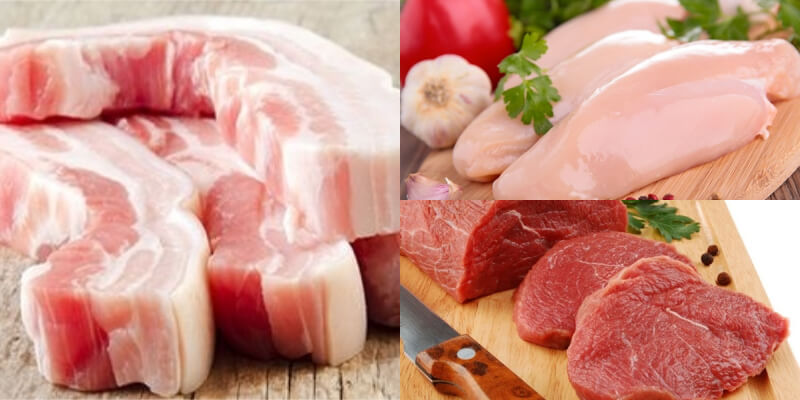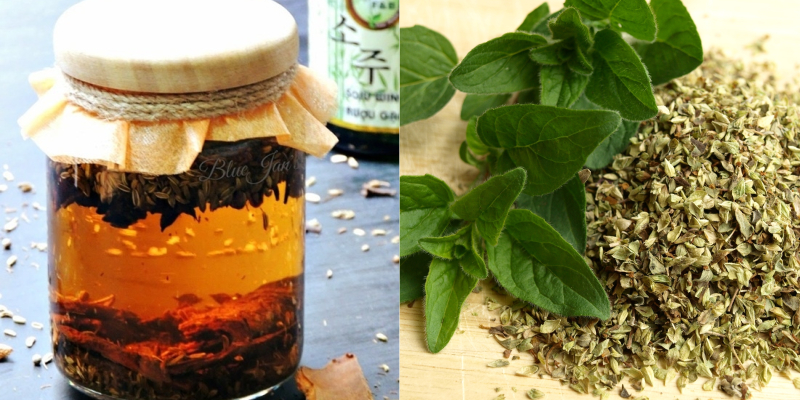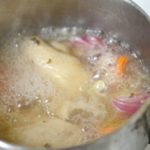Main Ingredients
When making sausages at home, it’s common to use pork as the main ingredient. Many people prefer lean meat for this purpose.
However, using a combination of both lean and fatty pork belly can result in a richer flavor.
If you want a chewy, tender, and sweeter texture, you can add chicken meat.
Adding beef in a 1:1 ratio with pork not only enhances the nutritional content but also improves tenderness and firmness. The combination of pork fat also enhances the beef’s sweetness.

Grinding the Meat
Properly grinding the meat is crucial for achieving tender, chewy, and flavorful sausages without the need for additives.
Instead of grinding all the meat together, it’s recommended to divide it into two parts: grind the larger part until smooth and cut the remaining part into small pieces and soften them with a hammer.
Mix all the ingredients together and knead the meat thoroughly to ensure it is well mixed without becoming watery.

Wrapping the Sausage with Casing
Intestines are commonly used for sausage processing. However, they can have a distinct odor if not properly cleaned, which can affect the taste of the dish.
To clean the intestines, soak them in diluted water with a little white wine. Gently squeeze them to remove the slimy layer and eliminate any odor. Rinse with warm water followed by cold water to ensure firmness and smoothness.
Remember to inflate and let the casings dry before using them.

Seasoning
Seasoning sausages can be customized according to personal taste. However, it’s important to maintain the characteristic flavors of sausages.
For European and American sausages, white wine is commonly used for pork and chicken meat, while red wine is preferred for lamb and beef. In Vietnam, mai quế lộ wine is recommended.
In addition to onions and parsley, you can enhance the aroma and richness of the sausages by adding basil leaves, coriander, and cinnamon. Dried herbs and spices are preferable as they have a stronger taste than fresh ones.

If you want to preserve homemade sausages, you can dry them and expose them to the sun for 1-2 days before storing them in the freezer. Thaw naturally at room temperature when needed.
References: wikihow.com
Explore our cooking section for more delicious recipes and cooking tips.



































